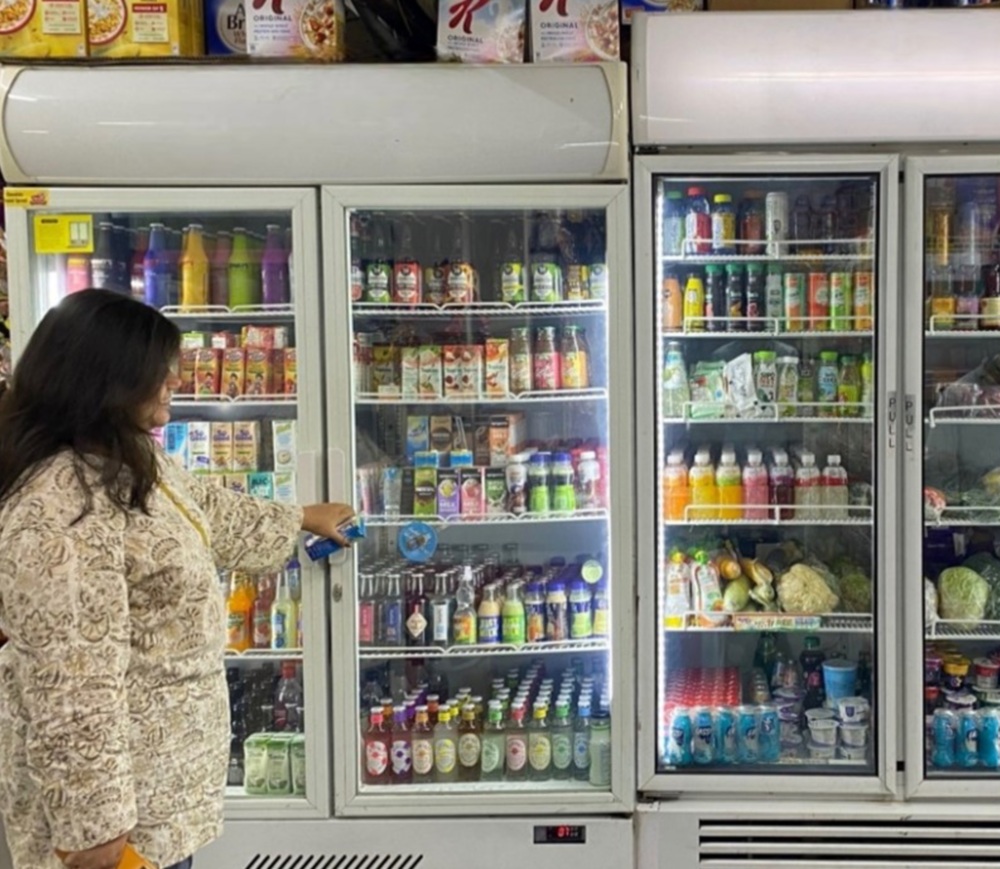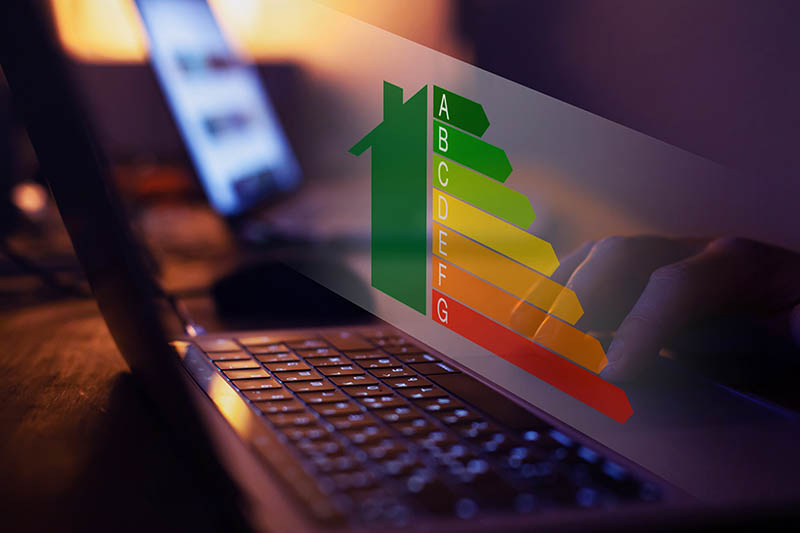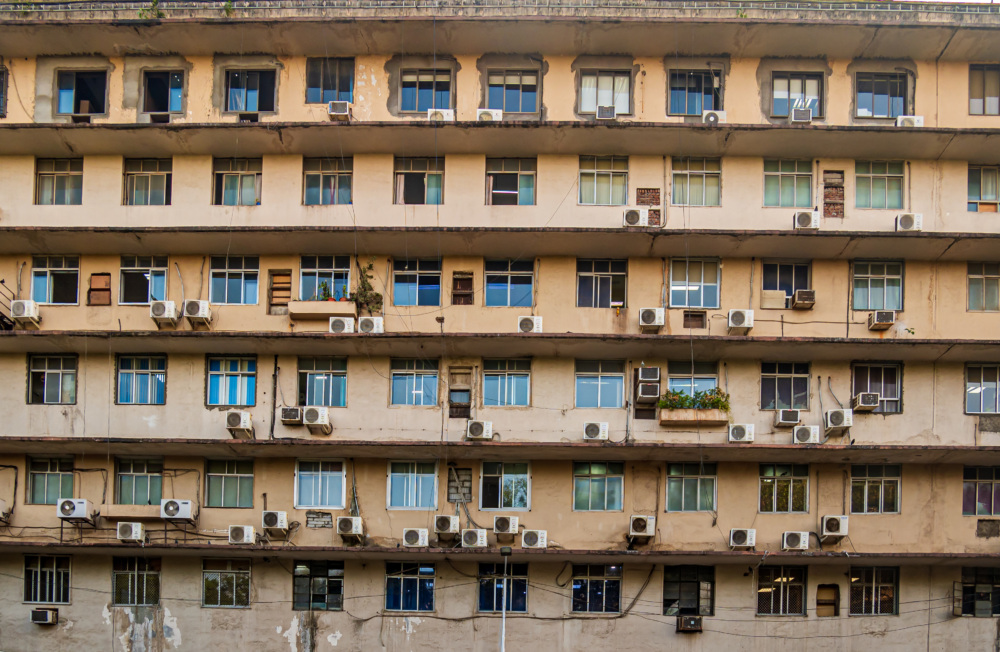Study to Evaluate Online Energy Labelling Compliance in the EU
Summary
E-commerce is steadily growing in the EU, and numerous websites offer energy-using products for sale. In this study, CLASP and our partners assessed the proper display of appliance energy labels and related information on websites. The study covers six EU Member States: Belgium, Czech Republic, Denmark, Germany, France, and Slovakia.
Download Report
Fill out the form below to activate file downloads
Juraj Krivošík, SEVEn, The Energy Efficiency Center, Czech Republic
Pia Westphalen, Vores Bureau, Denmark
Edouard Toulouse, Consultant, France
Quality Assurance by Sophie Attali, SoWatt, France

The onset of the COVID-19 pandemic in early 2020 accelerated a shift in online appliance shopping & purchases.
The increasing importance of online sales
The shift to e-commerce has increased the importance of ensuring compliance with efficiency labelling rules in online contexts to benefit consumers and industry.
Recent research indicates there are low levels of compliance with EU energy labelling regulations in online retail. For example, the January 2020 Special Report of the European Court of Auditors noted that 57% of the inspected products sold online were not labelled accurately or at all.
CLASP and our study team conducted this research to address these mounting concerns, document the state of online energy labelling compliance, investigate the causes of non-compliance, and make recommendations for improvement.
Research scope and methodology
Our study involved online research and a survey of selected stakeholders. The online research covered websites selling refrigerators, washing machines, dishwashers, televisions and lamps. It covered 72 online retail sites and price comparison websites in Belgium, Czech Republic, Denmark, France, Germany, and Slovakia. We surveyed 33 individuals from online retailers, retailer associations, supplier associations (national and EU level) and market surveillance authorities.
Types and frequency of non-compliance
The most frequent non-compliance issues were related to:
- location of the energy label or nested display
- the format and size of the graphic
- the availability of the mandatory product information sheet (product fiche)
- absence of labelling information on some page types (catalogue, basket, comparator).
The evaluation of the practices on price-comparison websites – which have no legal duty and limited labelling information but are highly relevant to consumers – showed low alignment with energy labelling requirements.
The study establishes a typology of the cases of non-compliance encountered during the research – availability, readability, accuracy and additional website mentions. It presents a quantitative and qualitative assessment of the level of compliance observed during the monitoring. Additionally, our study team developed recommendations to increase online labelling compliance by retailers. We categorize those recommendations as informational, organisational, technical or regulatory solutions and propose additional research and follow-up activities.
Watch this recording of a webinar we hosted to present the findings of the study and recommendations to improve the EU situation and, more broadly, to design efficient online labelling schemes.









